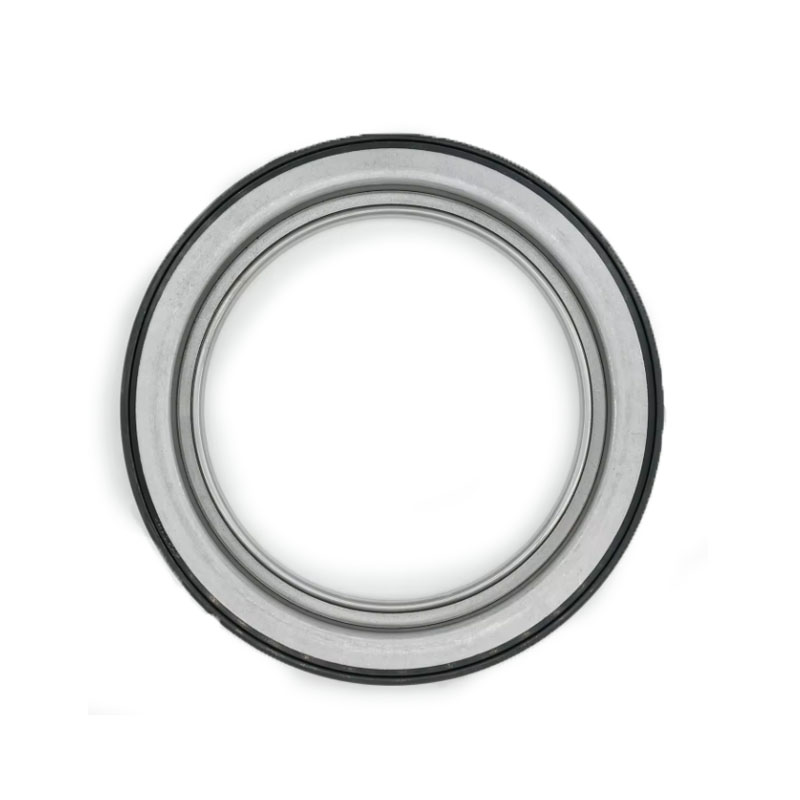drain bolt crush washer
Understanding Drain Bolt Crush Washers Importance and Applications
When it comes to ensuring a leak-free connection in various mechanical systems, the drainage systems, automotive engines, and oil pipelines among others, the significance of a drain bolt crush washer cannot be understated. A seemingly simple component, the crush washer can lead to critical successes or failures in sealing applications. This article delves into the nature, functionalities, applications, and maintenance of drain bolt crush washers.
What is a Drain Bolt Crush Washer?
A drain bolt crush washer is a type of seal that is typically made from soft metals such as aluminum, copper, or rubber-based materials. Its primary function is to seal the gap between the drain bolt and the component it is fastening to, ensuring that fluids do not leak out. Designed with a unique shape, crush washers compress when the bolt is tightened, creating a tighter seal. This compression enhances the contact area between the seal and the surfaces it interacts with, effectively preventing spills of liquids such as oil, coolant, and fuel.
Importance of Crush Washers
The importance of drain bolt crush washers can be gauged from their role in a wide range of applications. For instance, in automotive engines, crush washers are essential for preventing leaks in oil drain plugs and transmission lines. A leaking oil drain can not only lead to severe engine damage but also contribute to environmental pollution. Similarly, in household plumbing, these washers are crucial in ensuring that water does not leak from connections, effectively safeguarding premises from potential water damage.
Moreover, in aviation and aerospace applications, the reliability of crush washers is paramount. These sectors work under heightened scrutiny for safety and efficiency, necessitating components that endure extreme conditions. Crush washers help maintain integrity in high-pressure systems, ensuring that fluids remain contained, ultimately enhancing system performance and safety.
Choosing the Right Crush Washer
drain bolt crush washer

Selecting the correct drain bolt crush washer is vital for ensuring optimal performance. Crucial factors include material, size, and design specifications. The material should be compatible with the fluids it will be exposed to—choose aluminum or copper for petroleum-based fluids and rubber for water-related applications. Additionally, the size must match the bolt dimensions to ensure a proper seal.
Installing the washer correctly is also crucial. It is advisable to clean the surfaces where the washer will be applied, removing any debris or old sealant that could compromise the effectiveness of the seal. When tightening the bolt, follow the manufacturer’s torque specifications to avoid damaging the washer. Over-tightening can lead to cracks or permanent deformation, while under-tightening may allow leaks.
Maintenance and Replacement
Routine maintenance checks can extend the lifespan of drain bolt crush washers. Although they are designed to withstand a specific number of compression cycles, wear and tear over time is inevitable. Signs of a failing crush washer include visible deformation, fluid leaks, or the presence of moisture around the joint.
If any issues are detected, replacing the washer is essential. Always replace old washers with new ones, as reusing deformed or damaged washers can lead to severe leaks and associated hazards. It is advisable to keep a handy stock of various washer types and sizes in your toolbox to facilitate prompt replacements and maintain the integrity of your mechanical systems.
Conclusion
In summary, drain bolt crush washers, while small in size, play a significant role in ensuring the efficiency and safety of various systems across multiple industries. Their ability to create leak-proof seals makes them indispensable in automotive applications, plumbing, and aerospace. Understanding their importance, selecting the right materials, ensuring proper installation, and maintaining them diligently are vital steps towards optimizing system performance and prolonging the lifespan of mechanical components. By giving adequate attention to these elements, one can avoid costly leaks and enhance the overall reliability of their systems.
-
Understanding the Front Main Engine Seal: Purpose, Maintenance, and Installation
News Jul.29,2025
-
Understanding O-Rings and Seal Rings: Types, Applications, and Custom Solutions
News Jul.29,2025
-
Understanding Crankshaft Oil Seals: Rear Seals, Pulley Seals, and Their Role in Engine Integrity
News Jul.29,2025
-
The Importance of Front and Rear Crankshaft Seals in Engine Performance and Oil Management
News Jul.29,2025
-
Crank Oil Seals: Functions, Types, and Cost Considerations in Engine Maintenance
News Jul.29,2025
-
A Comprehensive Guide to O-Rings and Seals: Types, Materials, and Global Applications
News Jul.29,2025
-
Mastering Diesel and Performance Engine Maintenance: A Guide to Critical Oil Gaskets
News Jul.28,2025
Products categories















